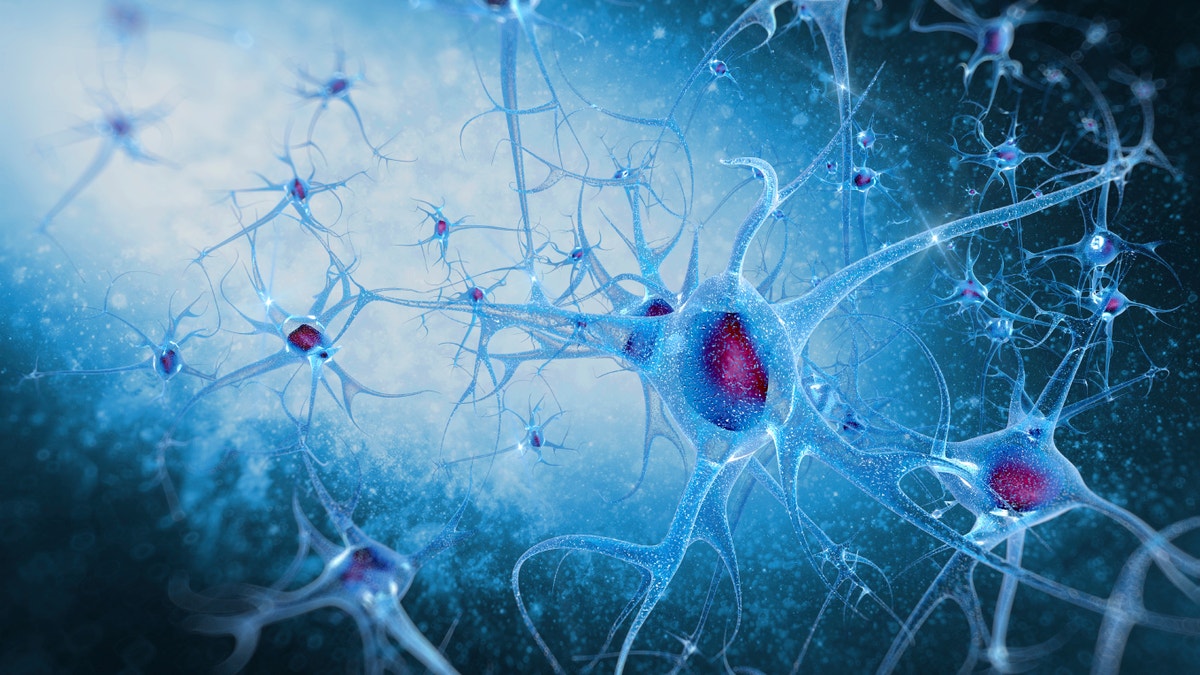
Healthy people looking to enhance brain function with do-it-yourself electrical brain stimulation may encounter unexpected results, have difficulty predicting how they will react to the stimulation, and have long-lasting changes in function, according to a new editorial by neurologists.
“There are a variety of different devices, however the simplest and most common approach is to place two saline soaked sponges on the scalp and run a weak electrical current through them,” senior author Dr. Michael D. Fox of Beth Israel Deaconess Medical Center in Boston told Reuters Health by email. “It can be done at home with a couple of sponges and a 9 volt battery, which is why DIY tDCS exists. Whether it should be done is a different question.
Transcranial direct current stimulation (tDCS) can improve some brain functions, but most studies have focused on easing symptoms for patients with brain disease, said coauthor Dr. Roy H. Hamilton of the University of Pennsylvania in Philadelphia.
“Transcranial electrical stimulation of the brain seems to be safe from experimental and clinical data we have available, at least at the levels that we administer it in research studies and clinical studies,” Hamilton told Reuters Health by phone. “At those levels and durations the side effect profile for tDCS is mild.”
Some people experience an itching or burning sensation at the stimulation site, some report headache or fatigue, but generally speaking there are no serious or adverse effects in medical settings, he said.
The risks and benefits for healthy people will be different, Hamilton said.
“For individuals who are interested in enhancing their cognition, it does seem as though when applied transiently there is some gain there,” he said.
But electrical stimulation may affect other regions of the brain, beyond those directly beneath the electrodes. It may interact with ongoing brain activity if a user is active during stimulation, may improve some functions while hindering others, and effects may vary widely by individual, the authors write in the Annals of Neurology.
“I’d estimate that there have been tens of thousands of devices sold in the last few years, though it’s not clear whether people purchase them and continue to use them, or whether they purchase them and throw them away,” said Anna Wexler, visiting scholar at the Center for Neuroscience and Society at the University of Pennsylvania who was not part of the new editorial.
The strongest evidence indicates electrical stimulation can be effective for treating depression or pain, Wexler told Reuters Health by email.
“It’s unclear whether or not the risk:benefit ratio is as favorable when you’re talking not about undoing the effects of some injury or disease but taking normal individuals and enhancing them to a point above their normalcy,” Hamilton said. “It’s unclear how much risk one ought to tolerate.”
He doesn’t want to dissuade or encourage people to try this at home, he said.
“There’s no restriction that would preclude a person from purchasing a device online or going to local radio shack and creating one of these devices themselves,” he said.
“I do think it’s important for them to have a sense of the kinds of things that are known or not known about stimulation,” Hamilton said. “And possible effects that stimulation might have that they may or may not be considering.”
